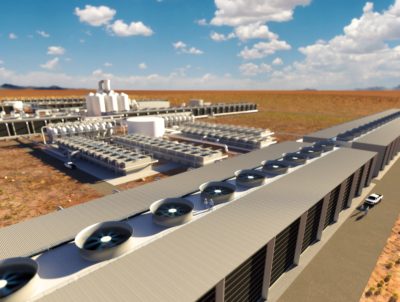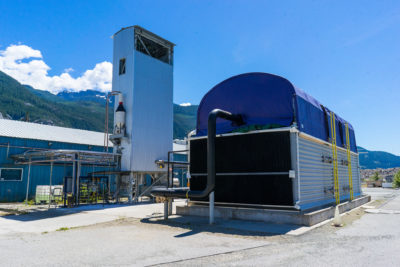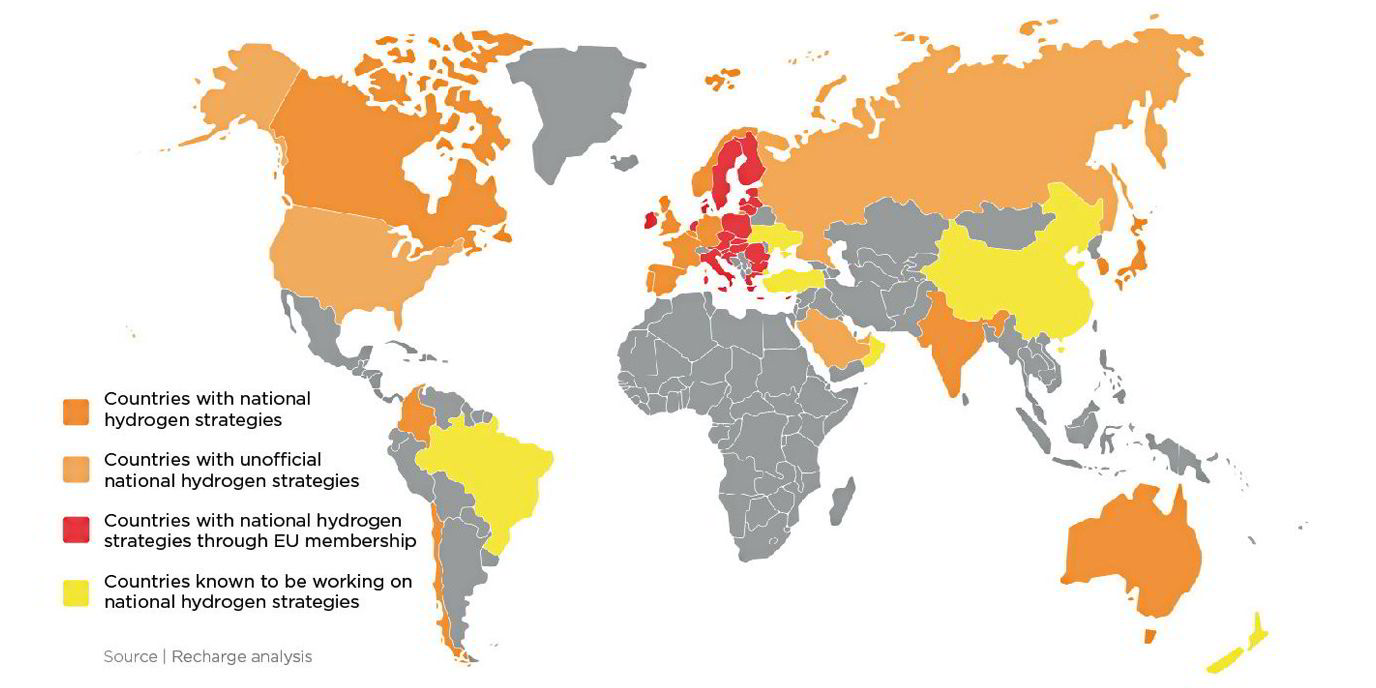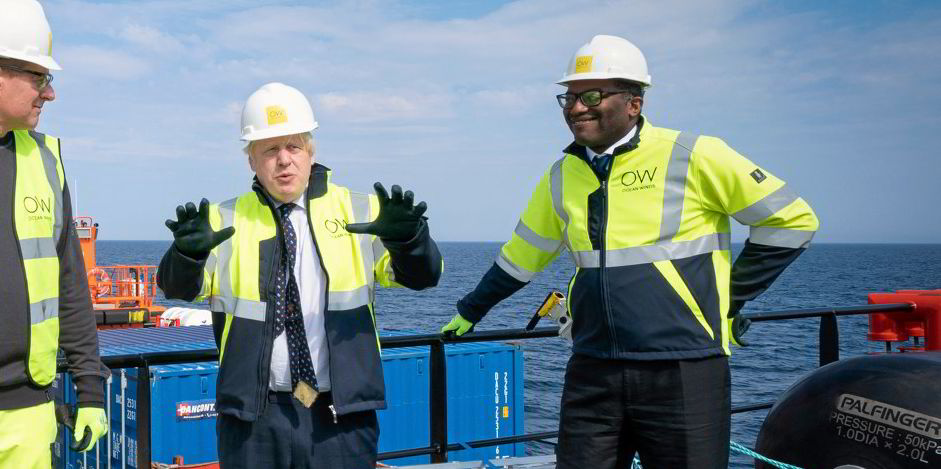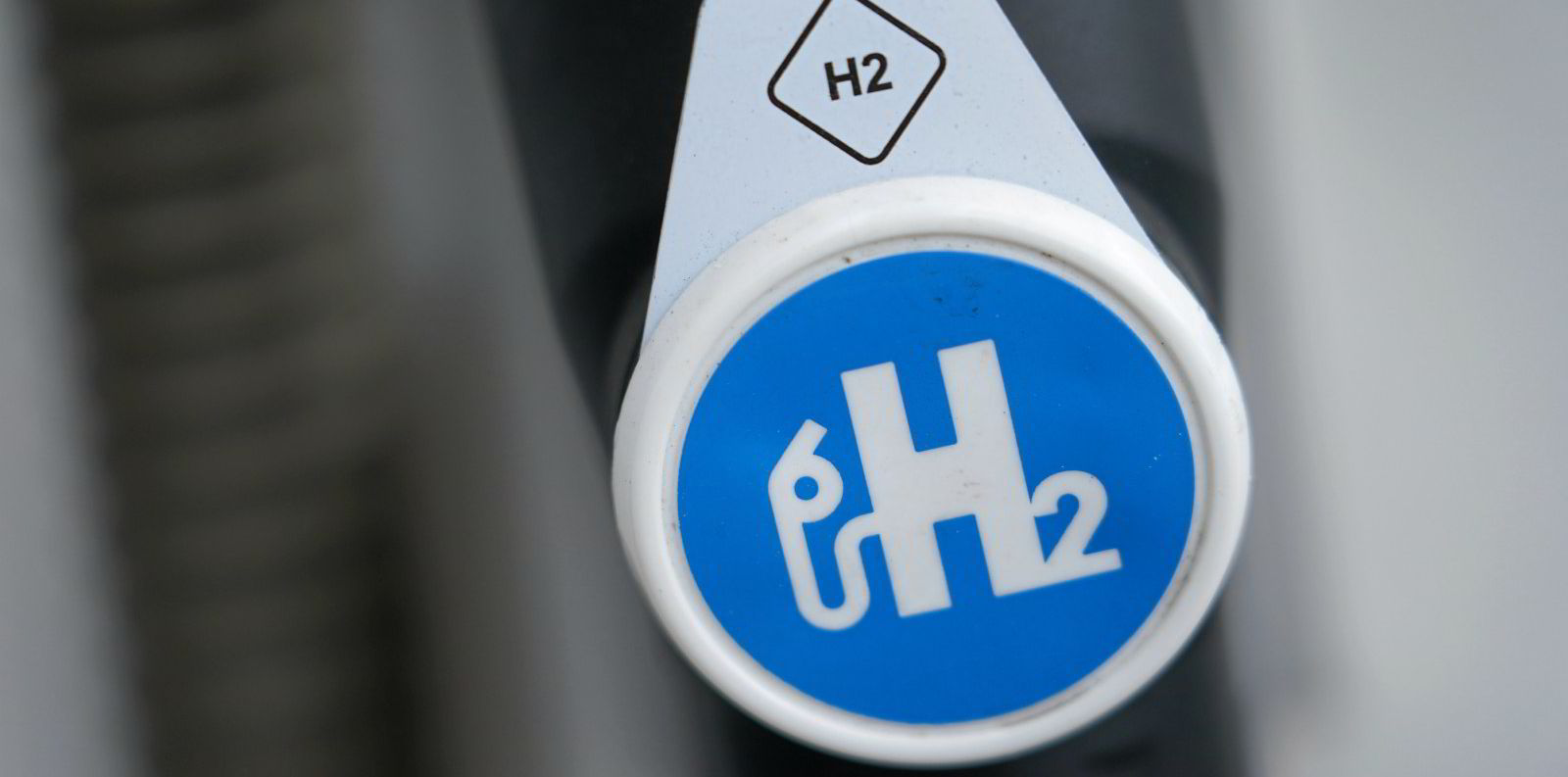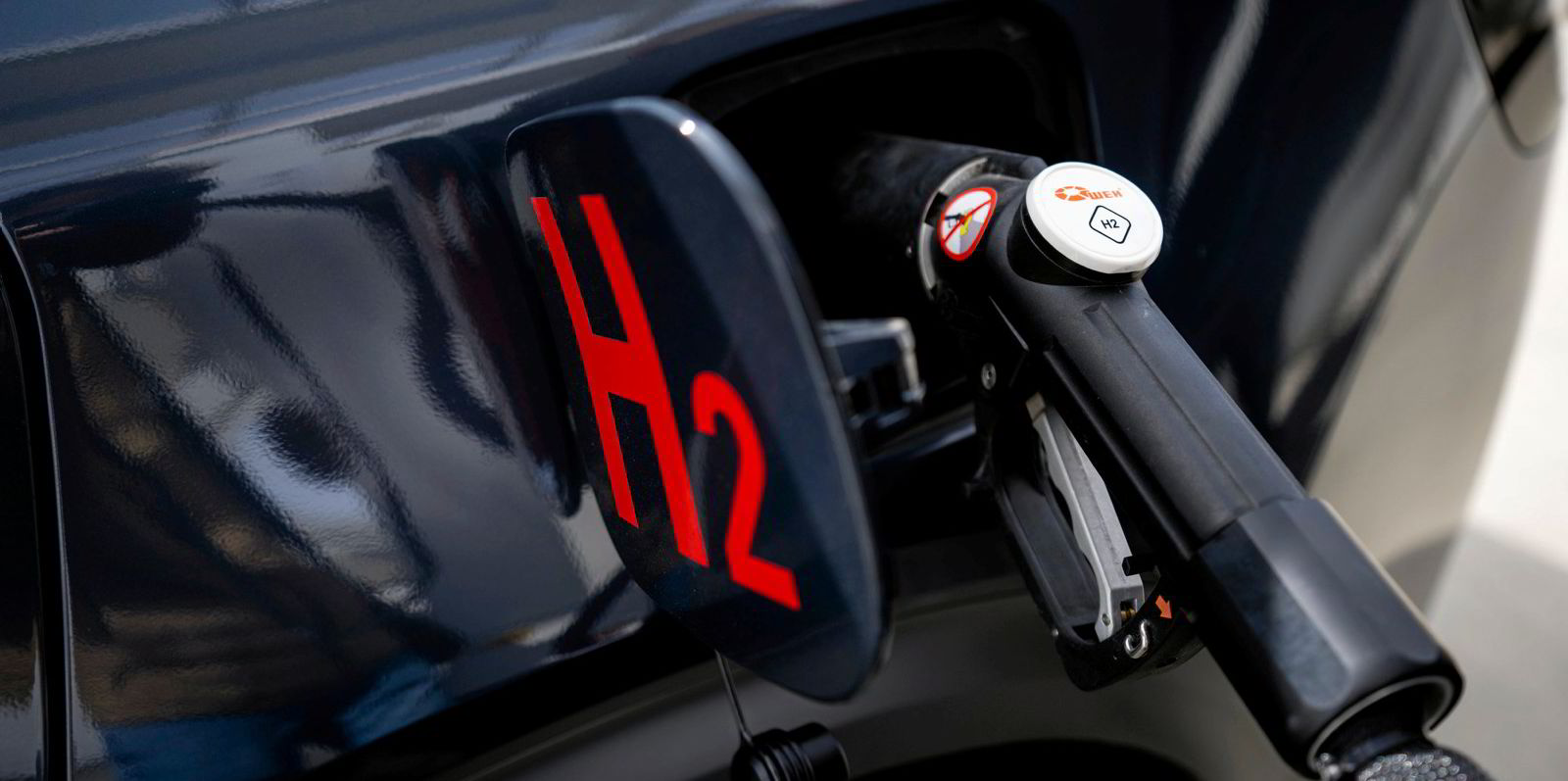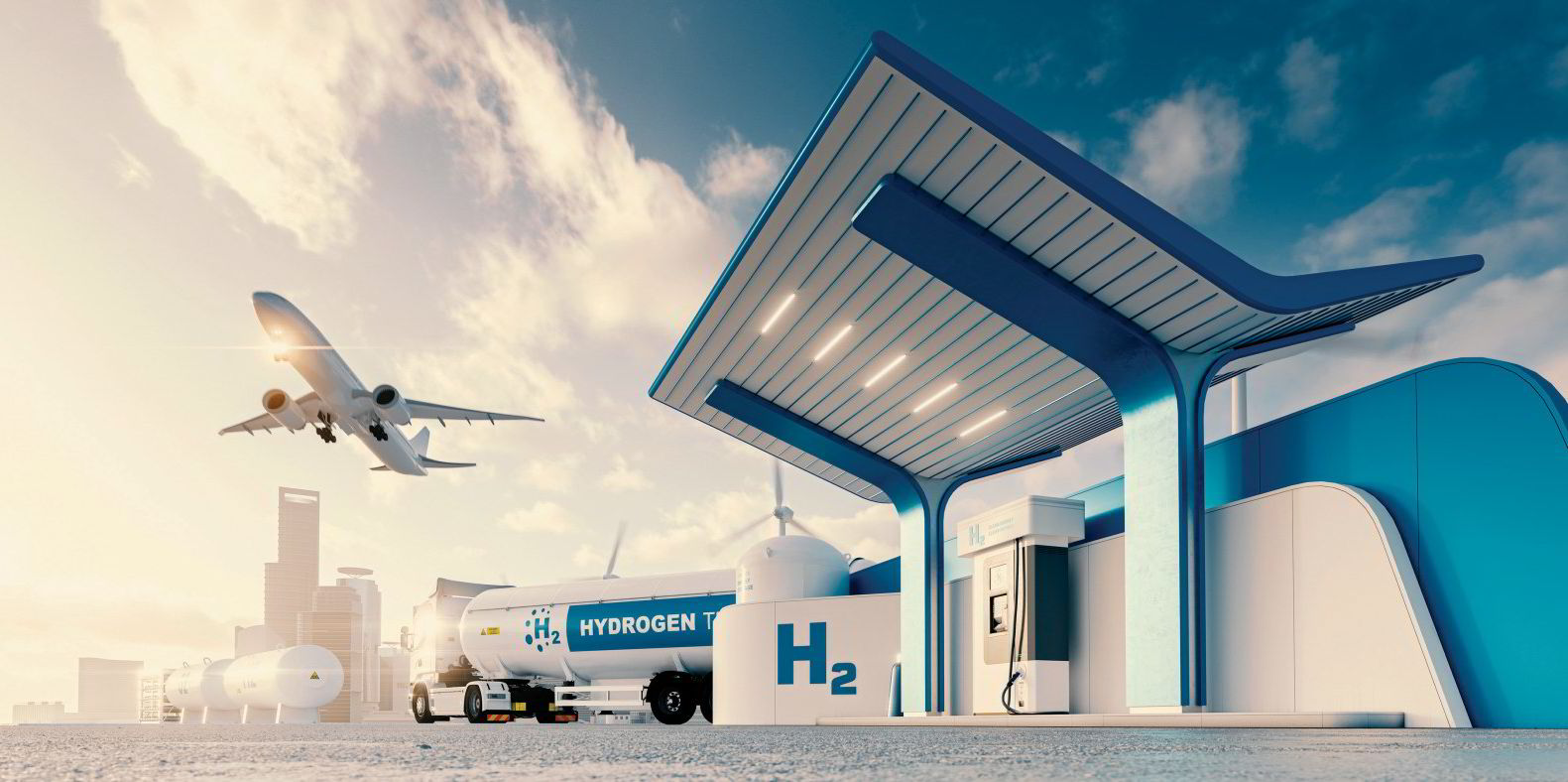India Won’t Be Giving Up On Fossil Fuels Any Time Soon
India’s population is projected to grow to 1.52 billion people by 2036, expectedly surpassing China to be the world’s most populous country around 2031. Despite the fact that India’s growth rate is slowing considerably -- this decade’s growth rate is estimated to be the lowest since the nation’s independence from Britain -- it is growing all the same. The monumental size of the subcontinent means that India’s trajectory for development will have a massive impact on the rest of the world as the global community struggles to come together to mitigate the impacts of climate change.
In addition to the overall growth in population, there are important demographic changes taking place in India which will considerably increase the country’s role and impact in global greenhouse gas emissions, as well as the struggle to curb them and to develop new climate-smart technologies. More than half of the Indian population is on track to join the middle class. “In fact, because India’s demographics are much younger compared to China and the US, India’s middle class could be the largest in the world (in terms of numbers of people) by 2025,” the Financial Express reported earlier this year. While this bodes well for the livelihoods of millions of people, it also means an increased demand for a wide range of goods and services from legions of people. This translates to greater energy use and greater emissions. At present, India is the third-biggest carbon emitter in the world, following China and the United States.
Unfortunately, India is not yet in a position to fulfill its growing energy needs with clean and renewable energy. As it stands, it will barely be able to keep pace with its increasing energy needs using all of the fuel sources, clean or unclean, available to it. “The sharp growth in energy demand anticipated over the next decade will make it imperative for India to ensure that oil and coal supplies grow accordingly, as renewable energy on its own may not be able to cater to the entire incremental demand, creating challenges in lowering emissions at the desired pace” S&P Global Platts reported last week.
At present, petroleum represents around a quarter of India’s energy mix, while coal -- the dirtiest fossil fuel and the first fuel source that needs to be completely eradicated in the struggle to curb climate change -- represents nearly half of India’s energy consumption. The rate of consumption of oil and coal are only expected to grow in the coming years. India is currently investing in increased production capacity for oil, gas, and coal and will continue to do so for the foreseeable future. "Global energy outlooks by agencies across the board, post and prior to the pandemic have pointed out that India would be the leading energy and oil demand growth driver over the long term,” Indian Oil Corp. chairman Shrikant Madhav Vaidya was quoted by S&P Global Platts. “And none of these have been changed by the pandemic. There is a need to bridge the energy access deficit in the country."
Related: ‘Skimming Stones’ Pattern Shows Wall Street Is Wrong About Oil
In addition to representing a potentially outsized threat to climate goals, India also stands to suffer disproportionately from the adverse impacts of climate change. In South Asia, many human-created weather changes have now become “locked in” according to the Intergovernmental Panel on Climate Change (IPCC). These irreversible impacts include increased heat waves and humid heat stress which pose a threat to human life as well as their greater ecosystems. India is already on the list of 17 severely water-stressed countries, and will likely acutely suffer from climate refugees as people are forced to leave untenable living conditions.
In a cruel irony, many of the poorest countries which have contributed the least to greenhouse gas emissions stand to carry the burden of global warming’s heat waves, droughts, rising sea levels, and extreme weather events earlier and most acutely. India is no exception. While the subcontinent’s impact on climate change is growing and worrying, it continues to have a smaller relative ecological impact than many developed countries. Per capita, India’s contribution to greenhouse gas emissions pales in comparison to the United States, for example.
At the same time, India can and must do more to mitigate its impact and refocus the trajectory of its development in a more climate-smart direction. While India has met its climate targets as proposed at the Paris climate agreement, this confirms that those targets were not sufficiently ambitious. India must set -- and keep -- much more stringent climate goals as this month’s UN climate change report sounds a code red for humanity.
Petroleum liquids account for 25% of India's energy basket, and coal as much as 45%. Analysts told S&P Global Platts that India will be looking to pursue its planned refinery expansions as well as its coal-fired power projects, a sign that there is still scope for demand growth for both oil and coal in the foreseeable future.
"Global energy outlooks by agencies across the board, post and prior to the pandemic have pointed out that India would be the leading energy and oil demand growth driver over the long term. And none of these have been changed by the pandemic. There is a need to bridge the energy access deficit in the country," Indian Oil Corp. chairman Shrikant Madhav Vaidya told Platts recently.
S&P Global Platts Analytics expects India's oil products demand to grow by an average of around 250,000 b/d every year over the next decade, supported by population growth and a steady rise in disposable personal incomes.
The International Energy Agency recently said that India could witness the biggest increase in energy demand in the world over the next 20 years, with the potential for oil consumption rising as high as 4 million b/d to 8.7 million b/d by 2040. The group also said that a stronger push for electrification, efficiency and fuel switching could limit oil demand growth to under 1 million b/d over the same period.
Indian policy makers have said that the country's oil demand is expected to double by 2040 and it will look to boost refining capacity from the current 250 million mt/year to 450 million mt/year.
Some key challenges
Roman Kramarchuk, Platts Analytics head of scenarios, policy and technology analytics, said a key challenge for India is the fact that 70% of its CO2 emissions come from burning coal, predominantly in the power sector.
"India is clearly not facing the situation in some Western economies and regions where power demand is flat or even dropping," he said.
Platts Analytics Global Integrated Energy model expects India's annual electricity demand growth to average 4.4% over 2020-2030.
"Building non-emitting new capacity to meet this new demand will be a challenge, with these strains further exacerbated if India were to push to cut back generation from coal plants," Kramarchuk added.
The country's coal power capacity, presently at 203 GW, is projected to grow to 220-230 GW by 2025 or sooner with the commissioning of under-construction plants being offset by end-of-life closures, said Vibhuti Garg, Energy Economist at the Institute for Energy Economics and Financial Analysis. The growth in coal consumption is meant to meet rising demands from industries, a per capita rise in energy consumption and increased connectivity of villages to the grid, industry sources said.
Industrial coal demand is expected to remain firm as cement, power and steel companies are dependent on coal with a lack of affordable alternatives, sources said.
With the power load factor -- a measure of efficiency of electricity use -- in India below 60% since 2018-2019, coal-powered plants would run their plants for longer to make up for the cost of setting them up, sources said.
"A set up power plant has a shelf life of 25-30 years and currently power load factor is less than 60%. So, when one considers plants set up in last few years and [those] already being set up, the dependence on coal is not going to come down drastically," said Vasudev Pamnani, director at Lavi Coal Info Private Ltd.
The carbon factor
India's reliance on coal is also dependent on the affordability of renewable energy and the availability of energy storage technology as power purchase agreements start expiring, Garg said.
The country's dependence on coal has a unique impact on the generation of carbon credits.
As calculation of credits takes into account baseline emissions, a solar or hydro power project in India has more potential for credits due to the factor of additionality -- emissions reductions that would not have occurred in the absence of the market for carbon credits.
"Because our power is so dependent on coal, when a company into electric mobility starts getting into carbon credits, then global carbon standards like Verra say your credits will reduce as your electricity is coal-generated and so the source isn't clean," said Vasudha Madhavan, Founder, Ostara Advisors, an Indian electric-mobility-focused investment bank.
As per EIA studies, one metric ton of coal with a carbon content of 78 percent and a heating value of 14,000 Btu per pound will generate 2.86 metric tons of carbon dioxide when burnt completely.
Ashish Govil, co-investor at CO2TKN, a carbon credit blockchain tech company, said India needs to move towards renewable energy quickly to attract ESG funding at very attractive rates in order to build green energy projects.
By Haley Zaremba for Oilprice.com


